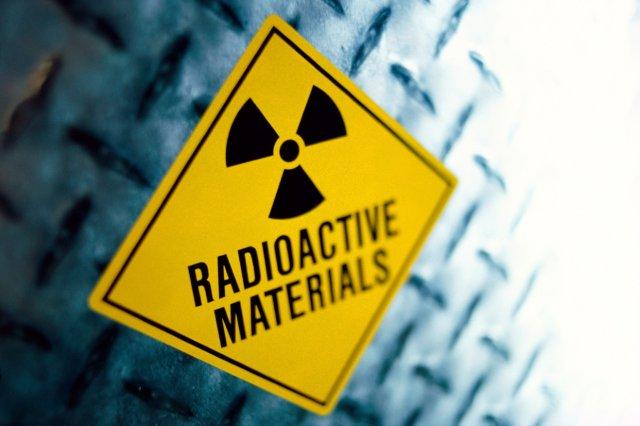FOR IMMEDIATE RELEASE
ACS News Service Weekly PressPac: April 16, 2014
Making radiation-proof materials for electronics, power plants
"Materials that Withstand Radiation"
Chemical & Engineering News
The 2011 Fukushima nuclear disaster made the dangers of radiation all too real. To avoid similar tragedies in the future, scientists are working to develop new radiation-proof materials for nuclear power plants, as well as for less obvious applications such as medical devices and airplanes. An article in Chemical & Engineering News (C&EN), the American Chemical Society’s weekly news magazine, explores the latest developments.
Jyllian Kemsley, a senior editor at C&EN, points out that radiation can cause a range of problems from temperature misreadings in electronic devices to nuclear power plant explosions. But scientists might be able to solve these problems by finding the right materials to deal with high-radiation environments. At the Fukushima power plant, for example, in a series of reactions, steam interacted with a zirconium alloy and released hydrogen gas, which led to the explosion. The zirconium alloy technology had come from a nuclear submarine design, but after the tragic failure in Japan, engineers would like to replace the material in above-ground reactors with something that is more robust.


